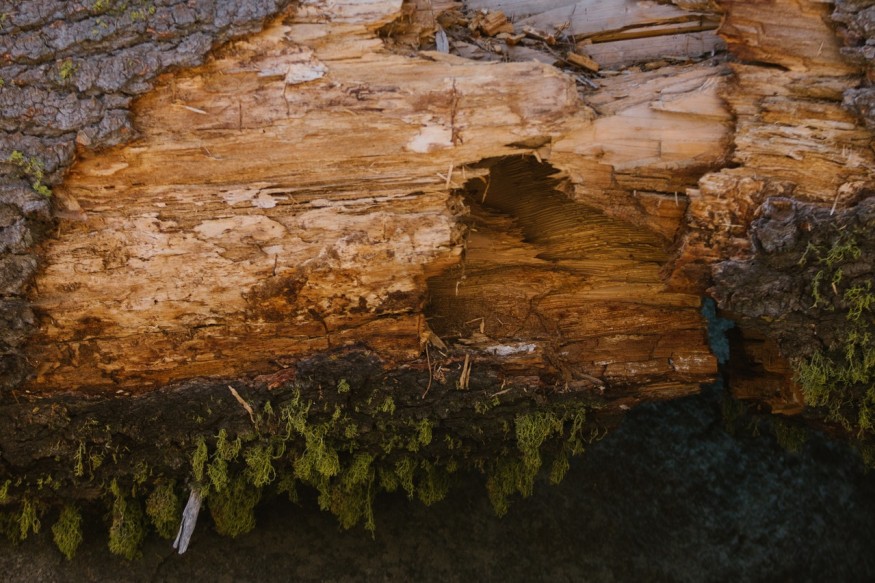Chinese scientists recently uncovered a massive sinkhole that had a bizarre appearance. Compared to the usual sinkholes we know, this large ground cavity does not have a dark space underneath, but a lively forest that already had species living on it.
Forest-Filled Sinkhole in China

This new sinkhole in China was measured at 192 meters or about 630 feet in depth. According to Science Alert, the hole is big enough to swallow the entire area covered by the St. Louis Gateway Arch.
The study was made possible through the efforts of the Institute of Karst Geology's spelunkers and speleologists who published the findings last Friday, May 6. The team was able to reach the depths of the sinkhole and examined the environment sprouting from its surface.
Karst Geology's senior expert Zhang Yuanhai said that the sinkhole's interior has a space of 306 meters or 1,000 feet in length, and about 150 meters or over 490 feet in width.
Upon their investigation, the experts saw three cave entrances beneath the hole. The forest that had been flourishing in the sinkhole's free space was also found to have a group of ancient trees that stand at a whopping height of 40 meters or about 130 feet.
Because of their tall structures, the branches of the gigantic trees are already blocking the sunlight from passing through the chasm's entrance and to its green surface.
US National Cave and Karst Research Institute (NCKRI) executive director George Veni, who was not part of the study, expressed enthusiasm when they heard the details of the discovery. NCKRI is considered a sister organization of the China Geological Survey's Institute of Karst Geology.
Veni explained that the discovery of this new sinkhole is quite expected from the region, as many parts of southern China have a topography rich in karst terrains, or landscapes that are linked to unusual cave formations and sinkhole drops.
Sinkholes and Karst Topography in China's Guangxi Region
Karst topography is commonly directed by the changes in its soil composition, particularly due to the dissolution of the area's bedrocks, Veni added.
Rain water is also a factor in why landmasses in a karst region are prone to dramatic shifts. The chemical content of the rain waters includes carbon dioxide which becomes more acidic when exposed to soil compounds. This crumbles the solid structures of the ground and destroys the hard bedrocks underneath, allowing the surface to form tunnels into large holes.
Veni explained that, despite the natural process in karst landscapes, the effects throughout certain places may vary in appearance due to differences in factors such as climate and geology.
Veni said that this sinkhole in China, which is full of trees and plants on its surface, might be far from how other karst-based sinkholes appear in other parts of the world. Some sinkholes might have entrances that are tiny in diameter, while others are not noticeable at all, the specialist continued.
Veni said in a report by Live Science that 25 percent of the landmass in the United States is either karst or pseudokarst, and is sculpted throughout the years of activity from wind and volcanic eruptions. Globally, about 20 percent of the landmass is also made of these types of landscapes.
The sinkhole was discovered in China's Leye county, located near the Ping'e village and inside the Guangxi Zhuang Autonomous Region. Guangxi was already found with other sinkholes and magnificent geological formations such as natural bridges and towering rock pillars, some of which have been recognized by UNESCO as world heritage sites.
RELATED ARTICLE : Landslides Found to Influence Glacial Shifts, Changes Movement and Melting of Ice Masses
Check out more news and information on Geology in Science Times.
© 2026 ScienceTimes.com All rights reserved. Do not reproduce without permission. The window to the world of Science Times.












